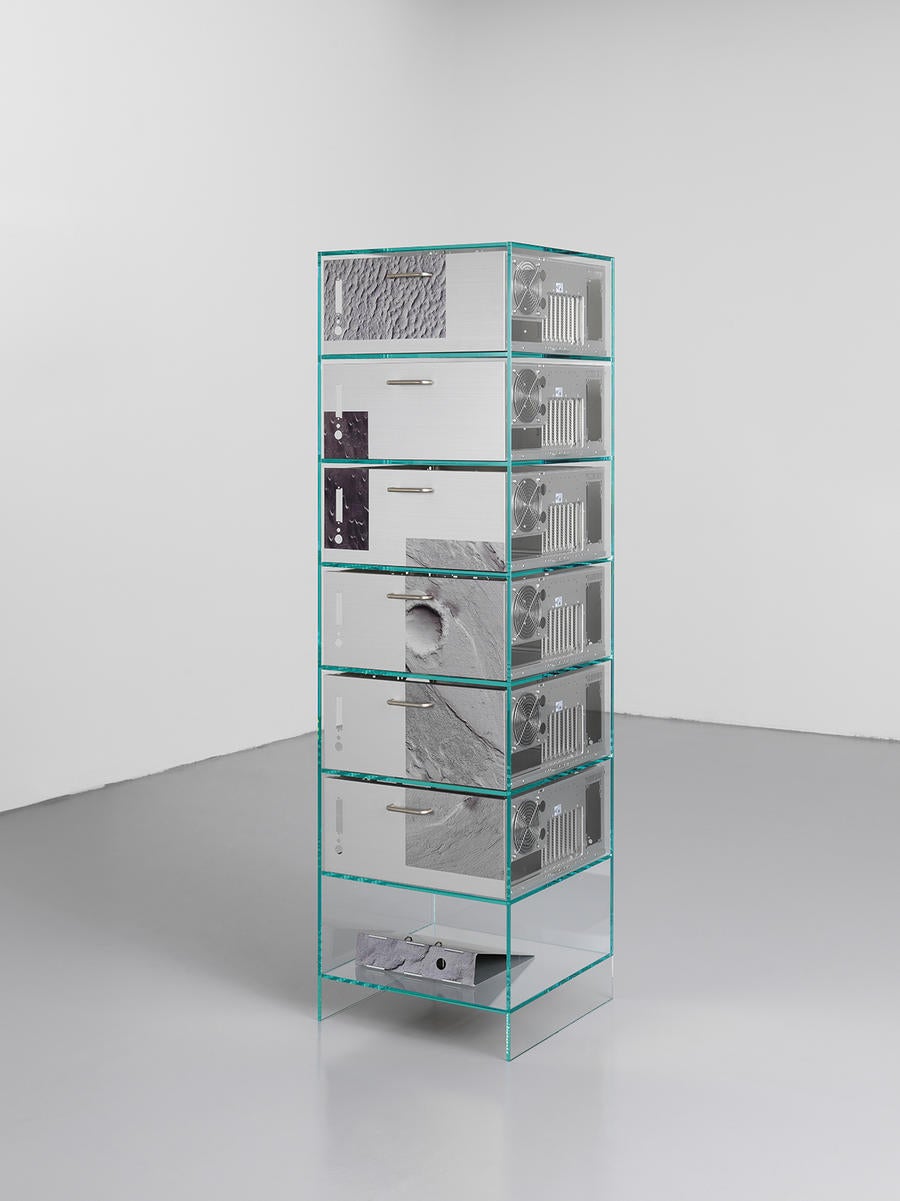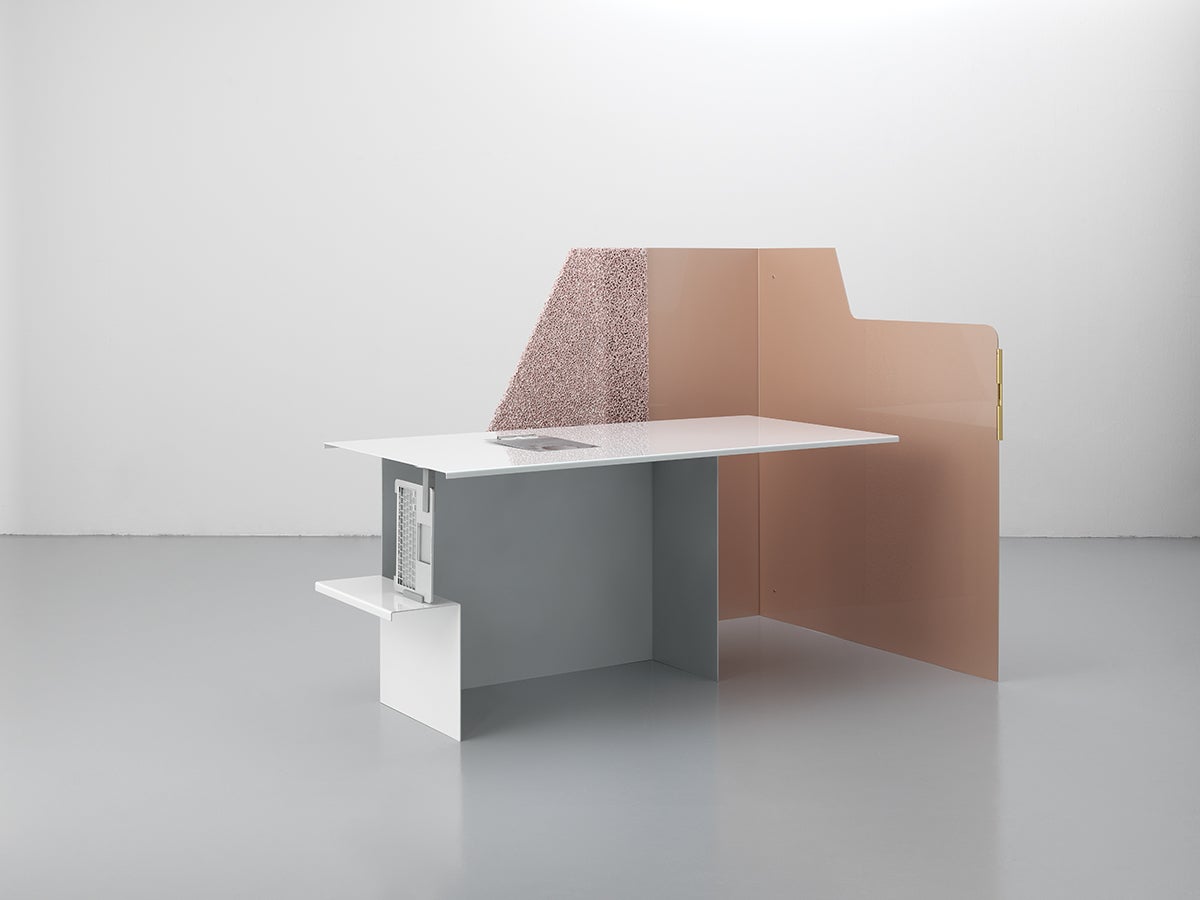Netherlands-based design studio Formafantasma crafts a collection of office furniture from recycled tech waste.
In 3300 B.C., the widespread forging of bronze kicked off a new era of human civilization. Three thousand years later, gold coins began to circulate, smoothing the friction of global trade. In the 19th century, the industrial production of steel fueled wars and conquests that still shape the geopolitical order today. Metal production has always acted as a fulcrum at the turning points of history—and we’re headed for another one. In the near future (as soon as 2080, by some estimates), the biggest metal reserves won’t be underground but above: Instead of mining for silver and copper, we’ll be recycling it. Such a shift will change everything. Whether it’s for better or worse is up to us.

This coming sea change inspired Andrea Trimarchi and Simone Farresin, the creative duo behind Formafantasma, to undertake the expansive multimedia project they call Ore Streams. They have built a reputation for intellectually rigorous design, creating pieces for Italian lighting brand Flos, as well as for Lexus, Fendi, Hermès and Max Mara.

BOH subscribers and BOH Insiders.










































